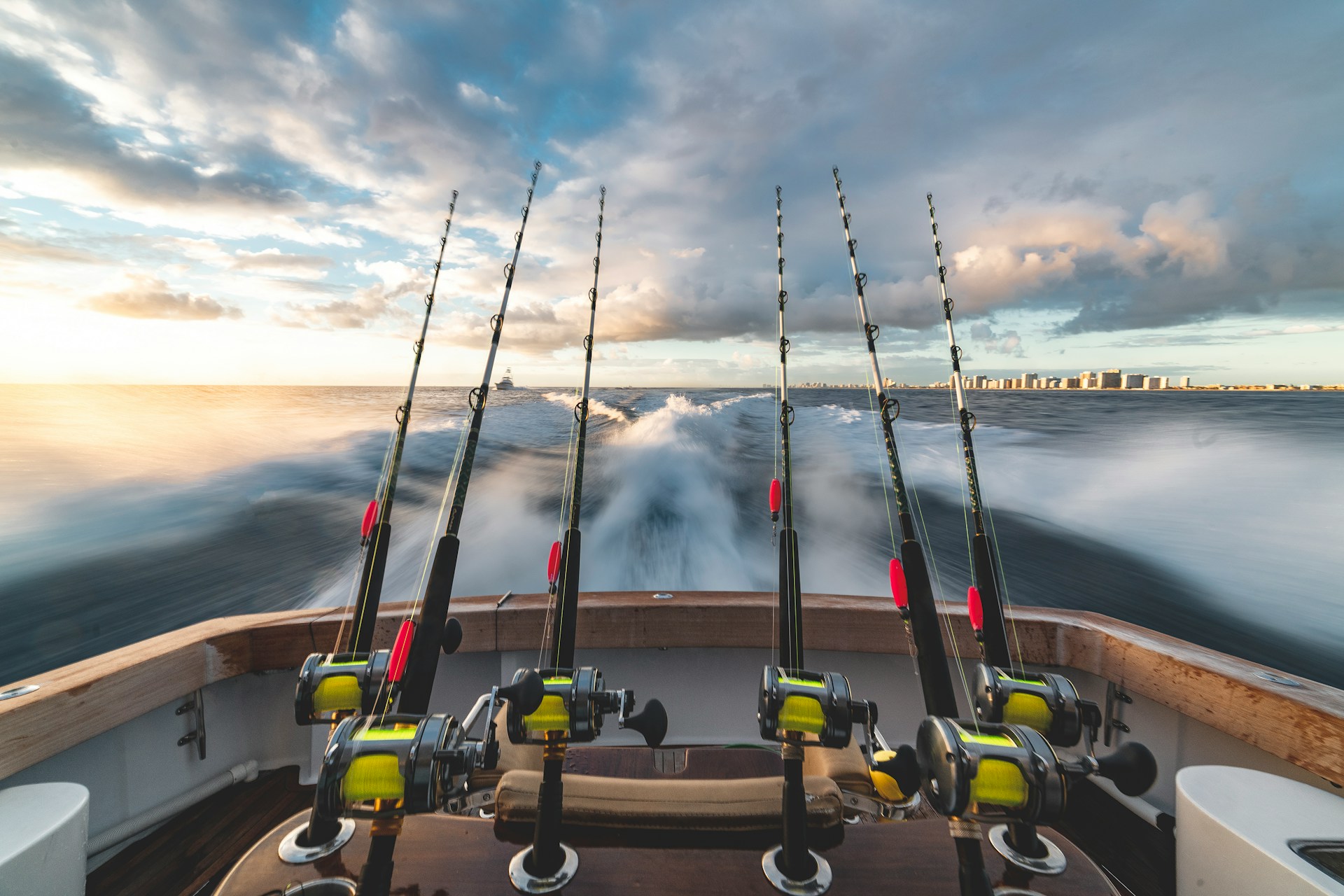
When it comes to fishing, nothing quite matches the satisfaction of making a catch with a rod that feels like an extension of your own arm. You see, a fishing rod isn’t just a tool, it’s a partner in your pursuit of those elusive, finned prizes. A perfect one isn’t found, it’s created.
Now, choosing a custom fishing rod might sound like a daunting task. With so many options, variables, and technical terminology, it can be overwhelming. But fret not, because we’re here to simplify the process and make it enjoyable. We’re digging deep into the world of custom fishing rods, breaking down all the jargon, guiding you through all the options, and helping you understand what really matters when it comes to selecting that perfect rod.
Whether you’re a seasoned angler or a beginner just starting out, this guide is designed to help you navigate through the maze of choices. By the end of it, you’ll have the knowledge to make a confident decision, and you’ll be one step closer to owning your ideal custom fishing rod.
When it comes to fishing, many people underestimate the importance of using a custom fishing rod. A well-crafted, high-quality rod can significantly impact your overall fishing experience. Unlike mass-produced alternatives, custom rods offer unmatched precision, durability, and sensitivity. Here are some reasons why we believe investing in a custom rod is the right choice for you:
1. Personalization: Custom fishing rods are designed to cater to your specific fishing techniques, species, and environments. This tailored approach ensures you get the perfect rod to fit your needs, preferences, and style.
2. Craftsmanship: Every custom rod is a product of meticulous craftsmanship and high-quality materials, resulting in a long-lasting and reliable investment.
3. Performance: With a custom rod, you can expect increased casting accuracy and rod sensitivity, which are crucial for detecting subtle bites and setting hooks effectively.
4. Comfort: By considering your physical abilities and personal preferences, a custom rod offers superior ergonomics for an enjoyable and comfortable fishing experience.
The material used in a custom fishing rod directly affects its performance and capabilities. Below, we analyze the most common rod materials, their benefits, and drawbacks:
1. Graphite: Graphite rods are typically lightweight, sensitive, and reliable. Known for their fast action, these rods excel in situations requiring quick hooksets and are ideal for anglers targeting species with subtle bites. However, they may crack more easily under high stress.
2. Fiberglass: Offering medium to slow action, fiberglass rods are heavier and more durable than graphite, making them an excellent choice for anglers targeting hard-fighting species. However, the increased weight and decreased sensitivity may not suit every angler.
3. Composite (Graphite and Fiberglass): Combining graphite and fiberglass elements, composite rods offer a unique blend of the characteristics of both materials. They provide anglers with a versatile, durable, and sensitive option that can suit a wide range of techniques and species.
The individual components of your custom fishing rod contribute to its performance and comfort. Let’s delve into these critical pieces:
1. Guides: These are the rings that line the length of the rod. They direct the fishing line and help distribute its pressure evenly. High-quality guides reduce friction, add sensitivity and improve casting accuracy. Three popular guide materials are:
Stainless steel: Affordable and durable option, best paired with monofilament or fluorocarbon lines.
Aluminum Oxide: Lightweight, smoother, and durable guides, compatible with both monofilament and braided lines.
Silicon Carbide: The premium choice among guides, providing extreme hardness, smoothness, and durability. They are suitable for any type of fishing line.
2. Reel Seats: The reel seat anchors the reel to the rod. It must be sturdy, comfortable, and resistant to corrosion. High-quality reel seats should have a secure locking mechanism and ergonomic design to allow easy reel attachment and removal without compromising comfort.
3. Handles: The handle defines your grip on the rod. Two primary handle materials are:
Cork: Lightweight and comfortable, cork handles are popular for their sensitivity and cosmetic appearance. Premium-grade cork offers more durability and resistance to wear.
EVA (Ethylene-Vinyl Acetate) Foam: EVA handles provide excellent grip, are water-resistant, and are easier to maintain. They are available in various thicknesses and configurations to suit your preferred grip style.
With various rod materials, components, and options available, selecting the ideal custom fishing rod can seem overwhelming. However, understanding your fishing techniques, target species, and personal preferences will help make the decision-making process more manageable. The key is to find the perfect balance between the rod’s performance, durability, and comfort to enhance your fishing experience.
In essence, choosing your perfect custom fishing rod is a personal journey. It’s a process of discovery, experimentation, and learning. So take your time, do your research, and most importantly, enjoy the process.
At the end of the day, a custom fishing rod is more than just a tool—it’s a trusted and reliable companion on the water, designed to deliver unforgettable fishing memories. Ready to embark on your custom fishing rod journey? Explore our range of handcrafted, high-quality rods at LakeLady Custom Fishing Rods and experience the difference for yourself.
www.amzx.art says:
“Thank you for being a motivational navigator, steering us through the waves of challenges with the rudder of inspiration!”